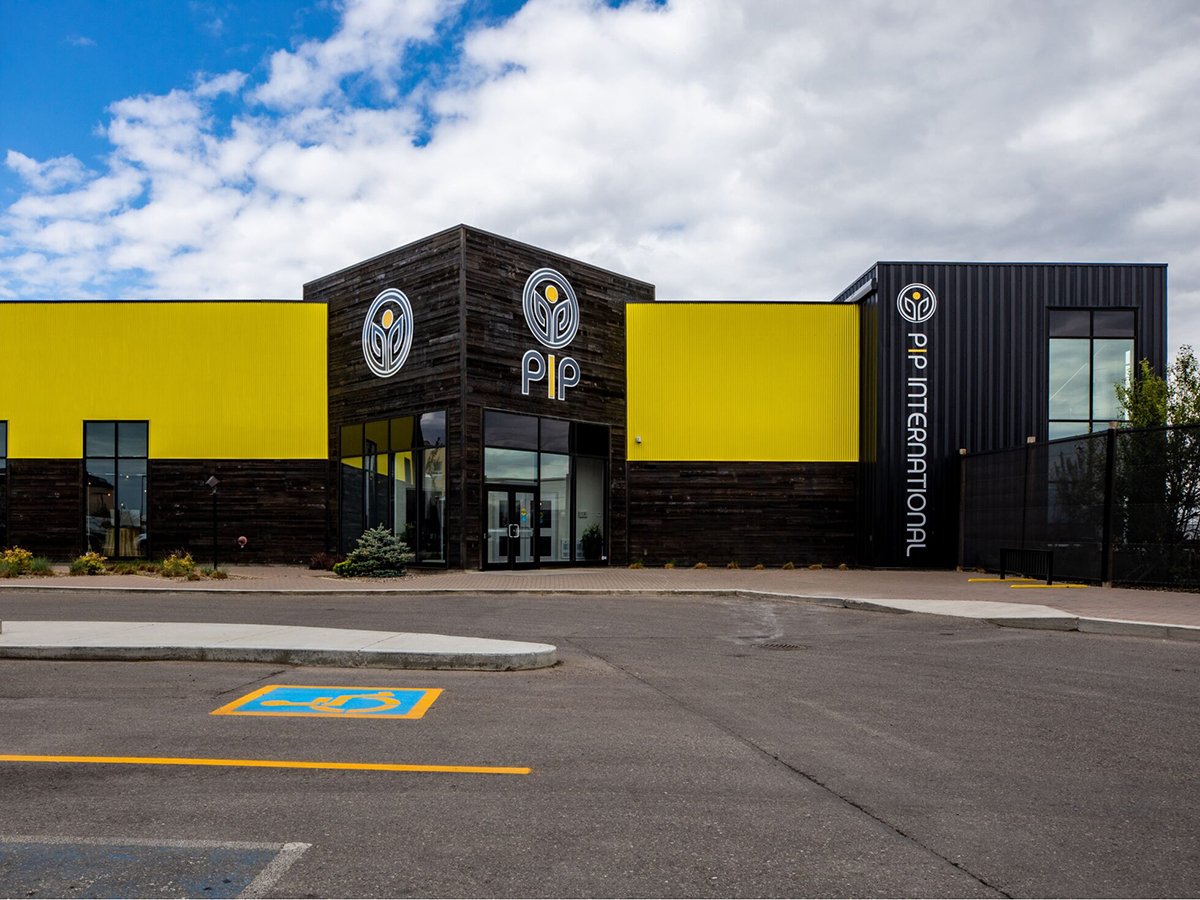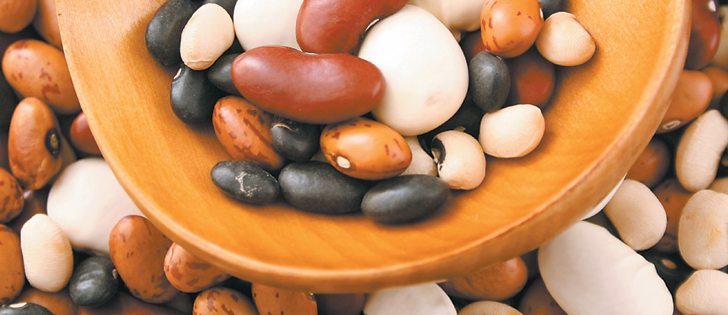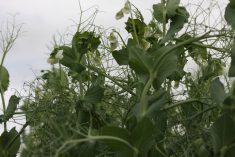A southern Alberta company is looking for Canadian investors to help build a new processing facility for high-quality, high-value pea protein before the technology is swept up by foreign ownership.
PIP International from Lethbridge owns patented and well-proven technology for extracting high-quality protein from peas and other pulse crops, and has millions of dollars worth of potential contracts from customers anxious for the product, says Christine Lewington, founder and chief executive officer.
However, she needs a “strong investment partner” to take a “small” multimillion-dollar production facility to the next level capable of supplying global markets.
Read Also

Alberta cracks down on trucking industry
Alberta transportation industry receives numerous sanctions and suspensions after crackdown investigation resulting from numerous bridge strikes and concerned calls and letters from concerned citizens
If it doesn’t get built in Canada, she adds, there is a real risk it could be built in the United States, Europe or Asia.
“It is a Catch 22 situation,” says Lewington, who has been working on the project to extract the high-value pulse crop protein since 2020. “We have proven technology, we have markets anxious to buy this high-value protein, but we can’t sign those customers until we can assure them we can produce the quantity needed, but so far we haven’t been able to attract the Canadian investors to build a full-scale manufacturing facility here in Alberta until they see signed contracts.… It is a frustrating position.”
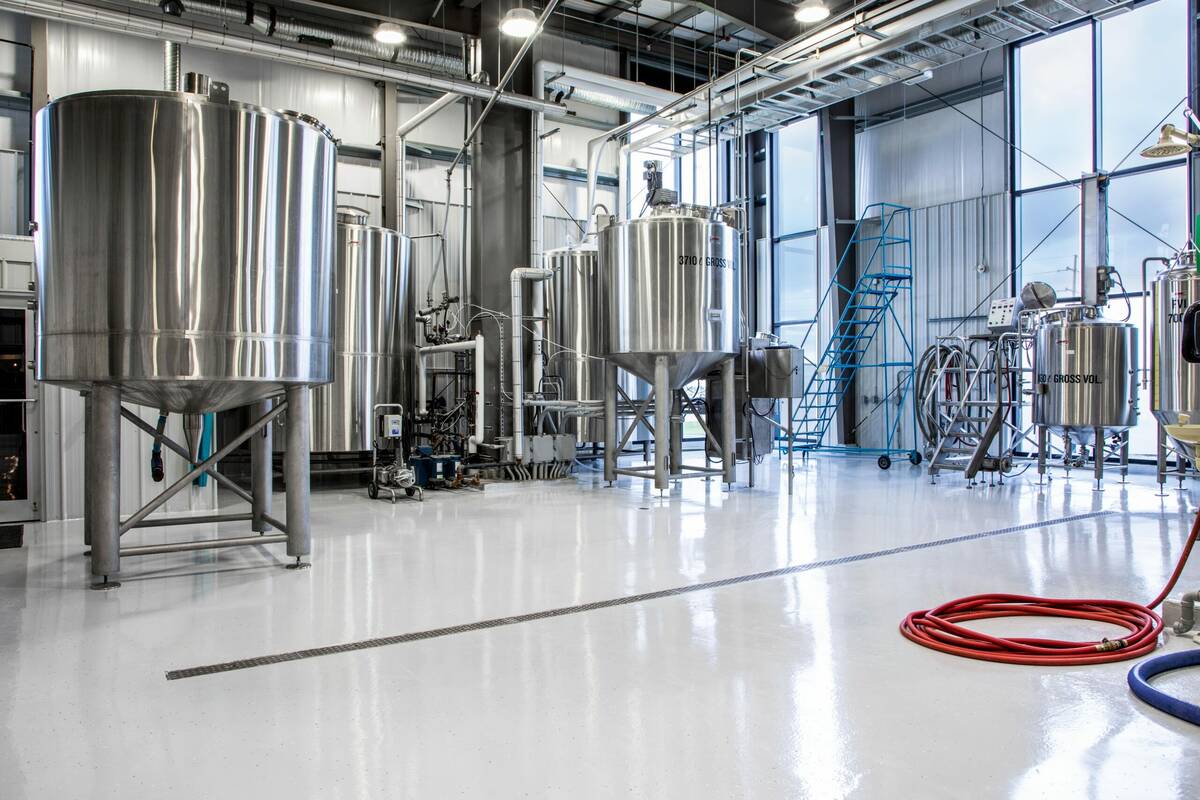
Lewington says the process developed by PIP International could make Canada a global leader in pulse crop protein production and be worth millions of dollars to Canadian pulse crop producers.
However, she added, pressure is mounting as investment proposals are already being floated by non-Canadian investors to build the production facility outside of Canada.
“I really want this to stay as a Canadian company,” she says.
“But we have already invested about $40 million to develop the business to the point of where it is today. Now we have to move to the next level and begin full scale production to be able to supply global demand for this protein. I don’t want this to be a business based in some other country, but I don’t know how much longer I can hold out…. We need those Canadian investors.”
Lewington already has the land and processing plant design work in hand for a full-sale production facility to be built in southern Alberta that will cost about $250 million.
“I need a strong investment partner,” she says.
“It could be a venture capital company, but ideally, I would like to see a group of Alberta or western Canadian producers with the foresight and resources to see the potential here, and be able to put together a few million dollars each to get things moving to the next level. PIP does have assets. There is a $40 million production facility in Lethbridge to serve as collateral.”
More than just a pilot plant, the “small production facility” in Lethbridge is located inside a remodelled distillery that went out of business. Some of the stainless-steel brewing equipment was useful in the pea protein extraction process.
With proven “continuous flow” processing technology, PIP can process flour from about 5,000 tonnes of yellow peas annually to produce 800 to 1,000 tonnes of pea protein.
The company is currently working with yellow peas, but just about any of the pulse crops grown in Western Canada can be used in the protein extraction process.
The full-scale production facility, costing about $250 million, would be able to process about 126,000 tonnes of peas annually, making it the largest plant of its kind in the world.
Because the company will be paying a premium price for good quality peas, she estimates that sourcing that volume of peas will put $175 million directly into the pocket of Alberta or western Canadian farmers.
She also isn’t limiting production to just one plant. With increasing global demand for protein, she sees opportunity for three to five plants in Alberta and Saskatchewan.
This isn’t just the run of the mill pea protein.
Lewington, working with her science team, developed a process to extract two specific molecules — albumin protein and globulin protein.
“In pea processing, about two per cent of the protein is albumin and 18 per cent is globulin,” says Lewington.
“In this process, the starch and fibre are waste or potential byproducts that can be sold to other end uses.”
The albumin and globulin proteins are neutral proteins so have no taste, and unlike other proteins that are described as passive, these pea proteins are “highly bioactive.”
The albumin protein is a key ingredient in cosmetic products, for example, while the globulin protein is well suited as a human food protein source.
The human food market is a high-value market while the cosmetic industry is an extremely high value market.
She says there is potential to supply these proteins to cosmetic and food markets that are valued in the billions of dollars.
Lewington says she is knocking on as many doors as possible in search of investors. While Canadians may not be risk takers, she says her proposal is also falling under the shadow of a now-defunct Manitoba project, Merit Functional Foods.
“Merit was also in the plant protein processing business, but they folded and lost a lot of money,” says Lewington.
“And the PIP project is carrying the cross or feeling the fallout from that venture. But the reality is that our project is completely different, and we need people to see that.”
PIP International has been supported by both federal and provincial governments. In 2024, it received a $214,000 grant from Alberta’s Results Driven Agricultural Research to assess and refine its processing technology.
“Pea protein offers several health benefits for consumers, sustainable crop production benefits for farmers and economic benefits for Alberta,” says Mark Redmond, CEO of RDAR.
“We are pleased to continue our funding in this area, as both this crop and the value-added markets are experiencing steady growth. Peas now have the opportunity to change their perception from being just a rotational crop that exports for animal feed to a cash crop of choice for farmers.”
At an RDAR conference earlier this year, Lewington provided an update on the PIP’s search for investors.
Long-time agrifood consultant Ted Bilyea, who was a part of the RDAR panel discussion, says the movement toward foreign ownership is a concerning trend.
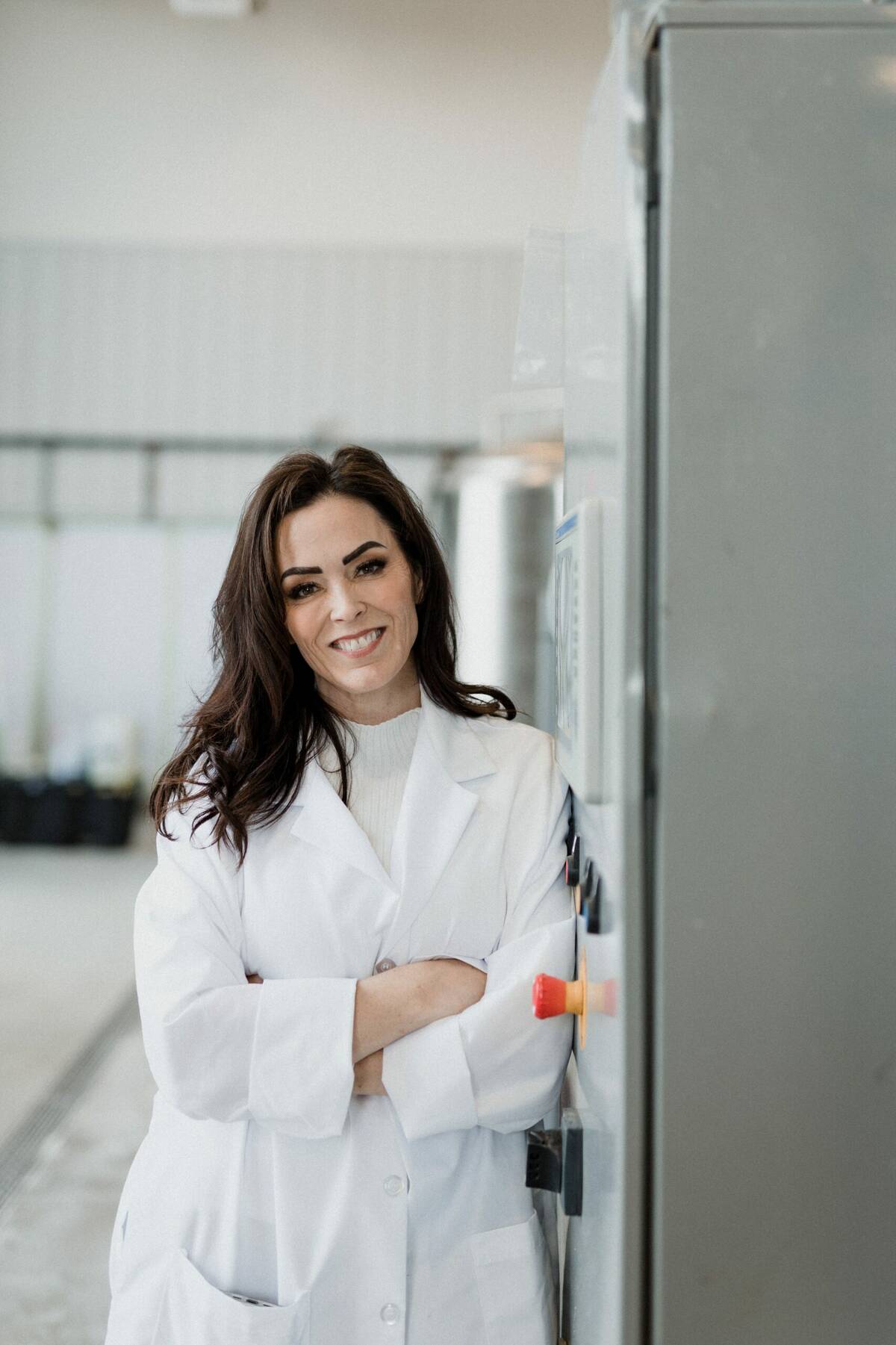
Bilyea, who for many years was a senior executive with Maple Leaf Foods and more recently served as chair and chief strategy officer with the Canadian Agri-Food Policy Institute, says more investment in companies working with Canadian commodities isn’t coming from corporations as much as it is from foreign governments or foreign investors aligned with foreign governments.
“And it is changing the landscape tremendously,” says Bilyea.
“I don’t think we realize in Canada what that change means. Looking at the totality of it, many of our commodity-based companies are not owned by Canadians anymore. Beef has shifted that way, pork has shifted that way, grains have shifted that way.
“I am pleased to see Canada, through (Farm Credit Canada), making some money available to support value-added processing, but is it enough?” he says.
“Two billion dollars may sound like a lot, but some of the transactions today between companies are many times that. Canada needs to be thinking about the fact that our agricultural production, one way or another, is ending up in foreign hands, and what does that mean, what impact will that have?”

